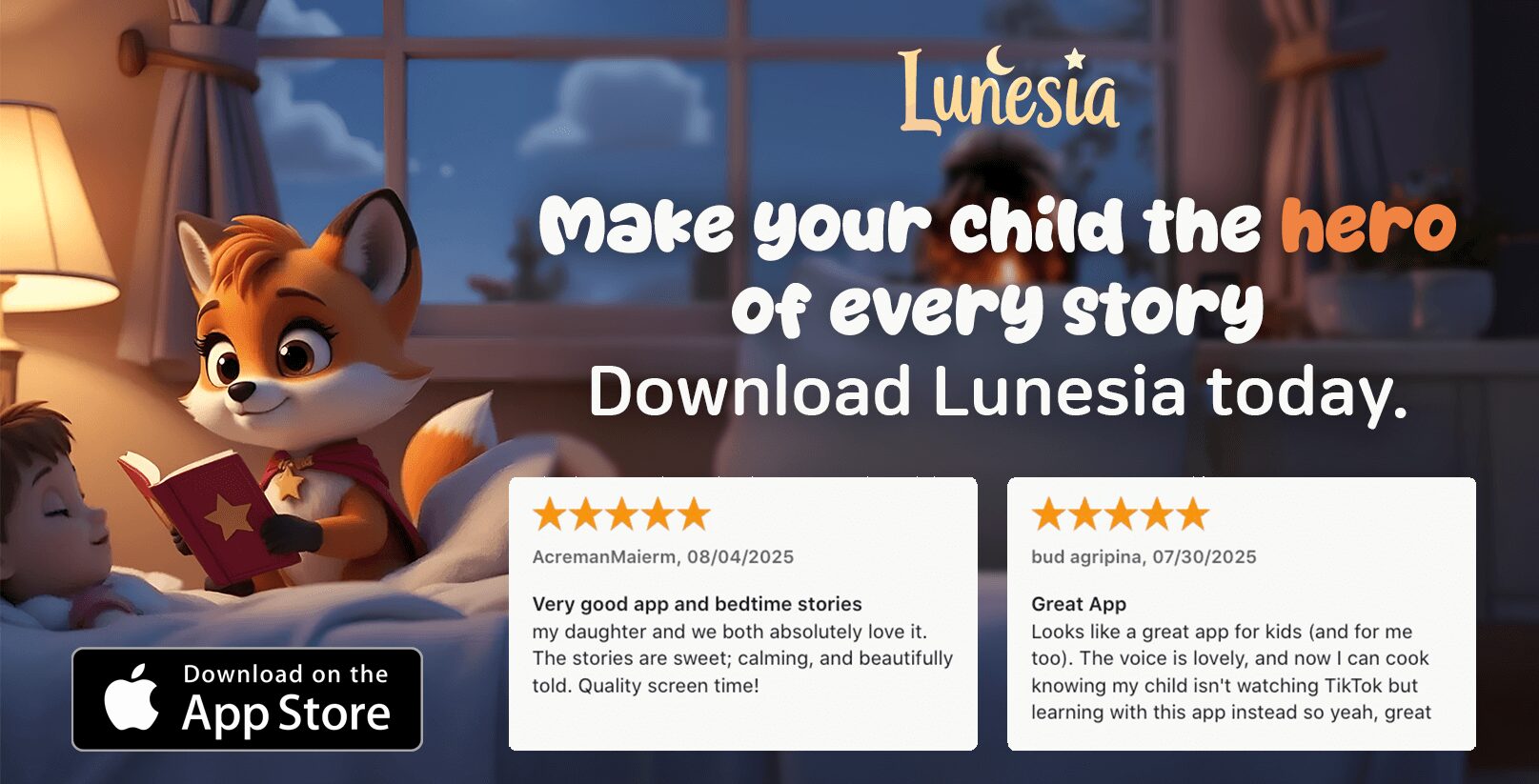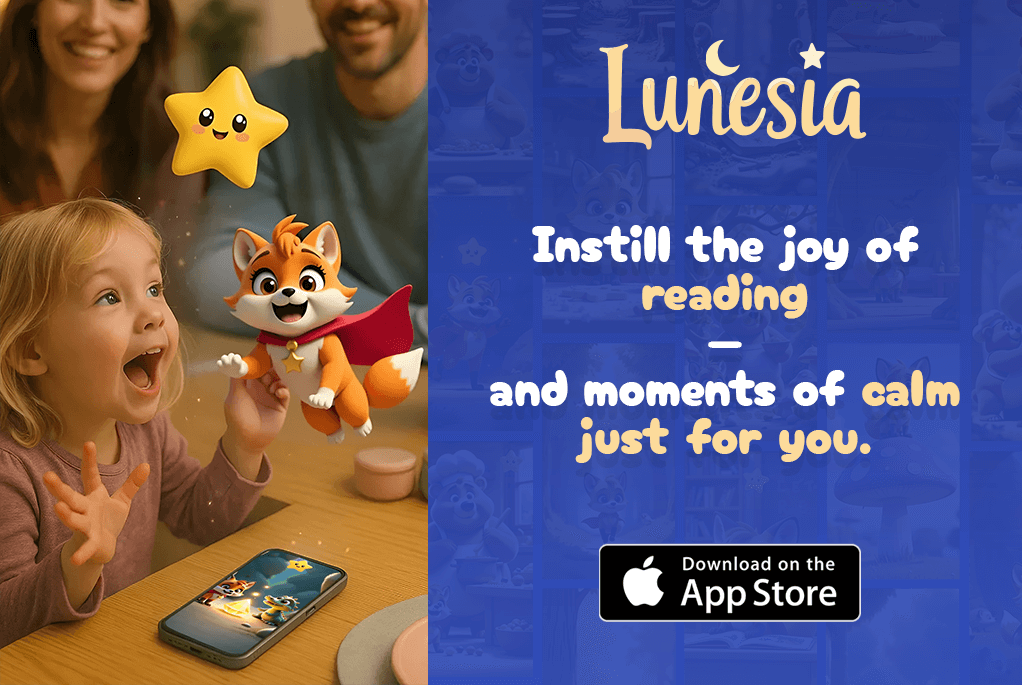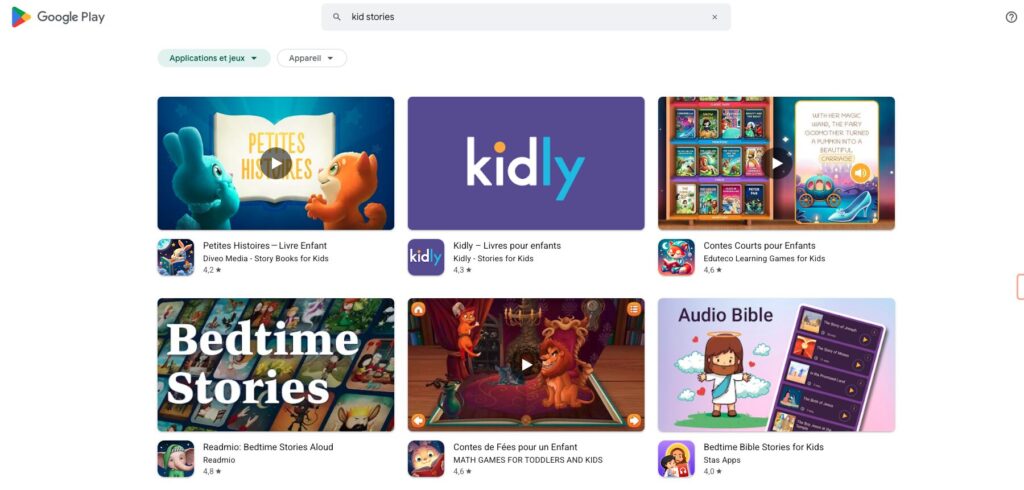I’ll never forget the first time I watched my child light up while reading Press Here. It wasn’t just a book—it was an adventure. That moment made me realize how powerful storytelling can be in sparking curiosity and building skills in children.

As a parent, I’ve seen how stories can turn complex subjects like math and science into engaging experiences. Apps like Smart Tales and Wonder Stories take this to the next level, blending animation with participation to keep kids hooked. Research from MIT even shows that this approach boosts emotional engagement, making learning feel like play.
If you’re looking for a way to make education fun and effective, you’re in the right place. Let’s explore how these tools can transform the way your child learns.
Introduction to Interactive Stories for Learning
A decade ago, *Press Here* introduced a new way to engage children through books. Hervé Tullet’s masterpiece wasn’t just a story—it was an invitation to participate. Kids tapped, shook, and tilted the pages, making the book come alive. This was the start of a revolution in children’s literature.
At first, I was skeptical. Could a book really “talk back”? But watching my child’s excitement changed my mind. Over the years, this concept evolved. Apps like Wonder Stories now use puzzle-adventure formats, blending storytelling with problem-solving. These tools are designed to keep kids engaged while teaching valuable skills.
MIT’s research played a big role in this evolution. Their emotion sensors showed how participation boosts engagement. Traditional reading, like *Where’s Waldo*, is fun but passive. Interactive experiences, on the other hand, turn readers into active participants. This makes learning feel like play.
From a skeptical parent to a converted advocate, I’ve seen the impact firsthand. These tools don’t just teach—they inspire. They open up a whole new world of possibilities for children. If you’re looking for a fresh approach to education, this is the time to explore it.
Why Interactive Stories Are Effective for Children
When I first introduced my child to an educational app, I was amazed at the immediate connection. It wasn’t just about reading—it was about participation. The way they tapped, swiped, and interacted with the story made it come alive. This is the magic of combining storytelling with technology.

Engagement and Participation
One of the biggest reasons these tools work is their ability to engage. Research shows that 78% of reluctant readers finish these types of stories. Why? Because they’re not just passive observers—they’re active participants. Simple actions like shaking a book or tapping a screen create dopamine hits, making the experience rewarding.
Take Sandy W.’s story, for example. She shared, “My son won’t put down his learning app!” This isn’t just about fun—it’s about creating neural pathways. When children engage, their brains form connections that make learning stick.
Emotional Connection
MIT’s research has shown that emotional engagement drives retention. Their sensors tracked how children’s brains lit up during these sessions. The heatmaps revealed that participation sparks joy and curiosity. This emotional connection turns reading into a memorable experience.
It’s not just about learning—it’s about creating moments that stay with them for life. These tools don’t just teach; they inspire. And that’s what makes them so powerful.
Interactive Stories for Learning Math
Math can be a tricky subject, but it doesn’t have to be boring. By turning numbers into adventures, you can help your child build essential skills while having fun. Let’s explore some creative ways to make math engaging.
Practical Examples
One of the best ways to teach math is through hands-on activities. For example, a pirate adventure book can turn counting into a treasure hunt. Kids love searching for gold coins while practicing their numbers.
Another great idea is using fractions in a pizza-sharing story. Hungry characters need to divide the slices equally, making the concept of fractions easy to understand. It’s a fun and tasty way to learn!
Word problems can also be exciting. Imagine helping Ploof the Cloud divide rain droplets among thirsty plants. This kind of storytelling turns abstract problems into relatable scenarios.
Here’s a quick comparison of how different books teach math concepts:
| Book | Math Concept | Activity |
|---|---|---|
| Pirate Adventure | Counting | Treasure Hunt |
| Pizza Sharing | Fractions | Dividing Slices |
| Ploof the Cloud | Division | Rain Droplets |
Teachers have also seen the impact of these methods. One shared, “My students beg for math story time!” When kids are excited to learn, the results speak for themselves.
Finally, measurement concepts can be taught through Bear’s Bedtime routine. Kids help measure ingredients for a bedtime snack, making math part of their daily lives. It’s a simple yet effective way to reinforce learning.
By incorporating these creative approaches, you can make math a favorite subject for your child. It’s all about finding the right way to make numbers come alive on the page.
Interactive Stories for Learning Science
Science has always been a gateway to curiosity for my kids. Over the years, I’ve discovered how hands-on activities can turn complex concepts into exciting adventures. From kitchen experiments to candy-based reactions, these methods make learning unforgettable.

One of our favorite activities was turning the kitchen into a lab. The Boop! board book introduced sensory exploration, letting my kids feel textures and observe changes. It was a simple yet effective way to spark their interest in the scientific process.
MIT’s research on remote learning also inspired us. We recreated their study using Ploof’s cloud science, where my kids learned about weather patterns by tracking virtual clouds. This approach made abstract ideas tangible and fun.
Another hit was “The Chompers,” a book that uses candy to teach chemistry. Watching my kids mix ingredients and observe reactions was a delicious way to explore science. It’s amazing how a little creativity can turn everyday items into powerful teaching tools.
Here are some other ways we’ve made science engaging:
- Using pirate adventures to teach states of matter.
- Linking dinosaur books’ footprint clues to paleontology basics.
- Creating pretend experiments inspired by Joly John’s Hands-On Science.
These activities not only teach but also inspire a lifelong love for science. It’s a reminder that with the right approach, every moment can be a time for discovery.
Interactive Stories for Developing Reading Skills
Every parent knows the challenge of getting a reluctant reader to pick up a book. I’ve been there too, watching my child struggle to stay engaged. But then we discovered tools that turned reading into an adventure. Apps like Wonder Stories have been a game-changer, helping kids read four times longer than traditional methods.
Behavioral therapist Caupron S. has seen incredible results with resistant students. “The mystery format hooks ADHD readers,” she explains. “It’s not just about words—it’s about solving puzzles and uncovering clues.” This approach keeps kids engaged and eager to turn the page.
Encouraging Reluctant Readers
One parent shared, “My non-reader finished three books tonight!” This kind of success is common with tools like The Grumpy Monster, which teaches phonics through monster roars. Kids love the sounds and actions, making it easier to grasp complex concepts.
Traditional reading often feels passive, but interactive methods turn it into an active experience. For example, the Hide-and-Seek book builds prediction skills by encouraging kids to guess what’s next. This keeps them hooked and excited to read more.
Research shows that involvement in stories improves comprehension and vocabulary. Platforms like Lunesia use algorithms to ensure every choice feels meaningful, teaching kids to think critically and creatively. It’s not just about reading—it’s about exploring a whole new world of possibilities.
If you’re looking for ways to inspire your child, these tools are worth exploring. They don’t just teach reading—they create a love for it. For more tips, check out our guide on interactive books.
Interactive Stories for Emotional and Social Skills
Watching my child navigate social situations has always been a mix of pride and worry. Over the years, I’ve discovered how tools like Ploof the Cloud and Bear’s Bedtime can help build essential skills like empathy and cooperation. These stories aren’t just fun—they’re transformative.
MIT research has shown that character interactions in stories like Ploof the Cloud significantly boost empathy development. Kids learn to understand others’ feelings by making choices that affect the characters. This creates a safe space to explore complex emotions.
One of my favorite examples is Bear’s Bedtime. The simple act of hugging the book calms anxiety, teaching kids to self-soothe. It’s a small action with a big impact, helping them manage stress in real life.
Another powerful tool is pirate-themed stories. These adventures teach conflict resolution through crew decision-making. Kids learn to listen, compromise, and work together—skills that extend far beyond the story.
Special needs classrooms have also embraced these methods. Teachers use them to help students regulate their emotions and build social confidence. Group reading activities foster cooperation, showing kids the value of teamwork.
By integrating these tools into daily routines, you can help your child grow emotionally and socially. It’s not just about reading—it’s about preparing them for life.
Top Interactive Story Apps and Books
Finding the right tools to inspire your child’s curiosity can feel overwhelming. With so many options, it’s hard to know where to start. That’s why I’ve curated a list of the best apps and books to help your little one learn while having fun.
App Recommendations
When it comes to educational value, two apps stand out: Smart Tales and Wonder Stories. Smart Tales focuses on math and science, turning complex concepts into engaging adventures. Wonder Stories, on the other hand, uses mystery formats to teach problem-solving and critical thinking.
Here’s a quick comparison:
- Smart Tales: Best for STEM-focused learning, ages 4-8.
- Wonder Stories: Ideal for building reading and reasoning skills, ages 6-10.
Book Recommendations
For younger kids, Boop! is a sensory board book that sparks curiosity through touch and exploration. Tweens will love Science Explorers, which combines storytelling with hands-on experiments.
Librarians also recommend Fergus’s Hide-and-Seek, a foldout masterpiece that encourages problem-solving and creativity. It’s a hidden gem that deserves a spot on your shelf.
Here’s a breakdown by age:
- Toddlers: Boop! and Bear’s Bedtime.
- Tweens: Science Explorers and Hands-On Science.
Price points vary, with free apps like Wonder Stories and premium physical books like Press Here. Whether you’re on a budget or looking to invest, there’s something for everyone. For more recommendations, check out this comprehensive list.
Conclusion
MIT’s research confirmed what I saw firsthand: engagement changes everything. When kids actively join the adventure, they build skills faster. Just last week, my child hugged a book and whispered, “I love reading now.” That’s the magic of blending play with learning.
Start with free app trials—no risk, all reward. Wonder Stories’ mystery format hooked us instantly. Soon, augmented reality will make tales leap off the page. Imagine dinosaurs stomping through your living room!
Your child’s journey begins today. Whether through apps or language tools, every story is a step toward confidence. Ready to turn the page?
FAQ
How can interactive stories help my child learn math?
Interactive stories make math fun by turning numbers into adventures. Your child solves problems in a story context, which helps them understand concepts better.
Are interactive stories effective for teaching science?
Yes! They bring science to life through hands-on learning. Kids explore experiments and discoveries within the story, making complex ideas easier to grasp.
Can interactive stories improve reading skills?
Absolutely. They engage reluctant readers by making reading an active experience. Kids interact with the text, which boosts comprehension and fluency.
Do interactive stories help with emotional development?
Definitely. They teach empathy and cooperation by placing kids in characters’ shoes. This helps them understand and manage their emotions better.
What are some good interactive story apps for kids?
Apps like Epic! and ABCmouse are excellent choices. They offer a wide range of stories that cater to different learning needs and interests.
Are there interactive storybooks you recommend?
Yes! Books like “Press Here” by Hervé Tullet and “Choose Your Own Adventure” series are great. They encourage kids to participate actively in the story.
How do interactive stories create emotional connections?
By involving kids in the narrative, they feel connected to the characters. This emotional bond makes learning more meaningful and memorable.
Can interactive stories be used for group activities?
Yes, they’re perfect for group settings. Kids can work together to solve problems or make decisions, fostering teamwork and social skills.



